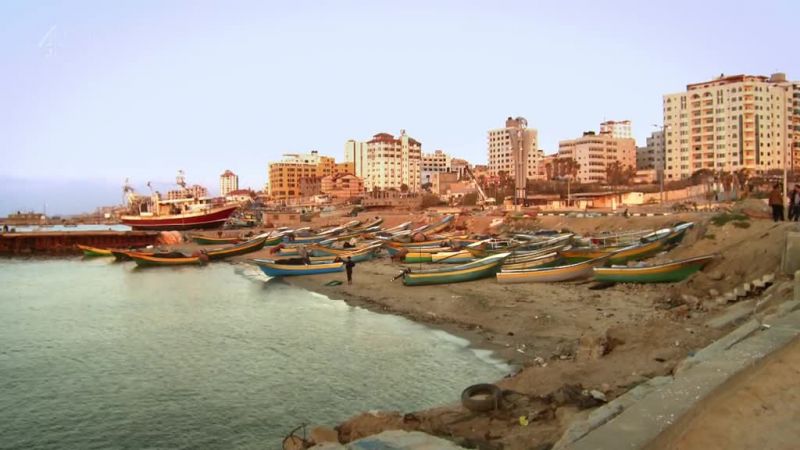UPDATES
The millionaires of Gaza
May 2, 2013 | Sharyn Mittelman

The Gaza Strip is often described as ‘an open air prison’ or as suffering a ‘humanitarian crisis’ due to Israel’s blockade, despite reports to the contrary. For example, see Ruby Hamad’s piece in the Daily Life, which combined a good discussion of the oppression of Gaza’s Hamas rulers with arguably incorrect conventional wisdom about a “humanitarian crisis” and the Israel’s partial blockade.
While many Gazans do struggle with poverty like many people across the Middle East, Hamad and others may be surprised to find that there is another side to Gaza’s economy – a booming property development industry supported by the smuggling trade that is estimated to have made a thousand millionaires in the last five years. In fact, property prices for luxury villas and apartments in elite Gaza areas like El Remal are reportedly on par with London and New York.
This certainly came as a surprise to television presenter Seyi Rhodes, who filmed the documentary “Unreported World: Gaza’s property ladder” which aired on the UK’s Channel 4 on April 26. In an interview with Rhodes, the Jewish Chronicle reported on his experience filming in Gaza and how it changed his perceptions:
“Mr Rhodes said the experience confounded his expectations. ‘Before I started researching, I thought the region was destitute – people living literally hand-to-mouth on aid, with constant security threats. I took it for granted that people would be living in temporary accommodation provided by the UN.’
In fact, he found ‘a growing wealth gap’, with ordinary families struggling even to pay rent but new flats being sold for up to $3 million to wealthy Palestinians with money from abroad or from jobs with the Hamas government.
‘As a left-wing student, I was given one view of Gaza/Palestine,’ said Mr Rhodes. ‘But I realise now that many of those representations were entirely politically motivated.
‘Even Gazans wouldn’t recognise the image that is portrayed of them sometimes. The woman crying over her dead son, the man throwing stones at tanks.’
He added that such stereotypes were ‘frankly offensive as most of these people live their lives with the same concerns as you and me… getting on the housing ladder, educating your children. People didn’t even talk about Israel unless I brought it up.'”
The documentary also highlights the black market in Gaza, with 90% of new construction using materials smuggled in through the network of tunnels connecting Gaza to Egypt. According to the documentary, it is estimated that around half a billion US dollars-worth of goods pass through the tunnels every year. Those in charge of the smuggling tunnels are also benefiting financially and fueling the property boom, and the Hamas government benefits by taxing the tunnel trade.
The documentary is also interesting because it captures the impact of the conflict on Gaza’s real estate. Real estate was cheaper near Hamas government buildings, while real estate closer to the UN was more expensive – given the expectation that it would be protected in future conflicts with Israel. In one case, a Gaza family inspected a property and was told as a matter of fact that “fighters live on the roof and in this apartment block. No one can argue with them, they’re government people.” Such footage exemplifies the unfortunate reality that terrorists fire rockets from Gaza into Israel from civilian buildings.
At the end of the documentary Rhodes speaks to Essam Mortja, a Gazan estate agent and property developer, who notes that while the conflict has strengthened the property market in Gaza (due to the growing population in an enclave where most residents can’t leave), if there was peace between Gaza and Israel “the price of the land would double from what it is today.”
Sharyn Mittelman
Tags: Palestinians





